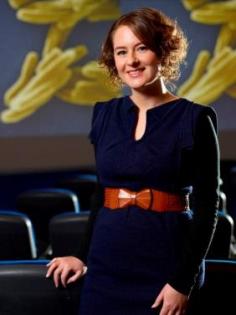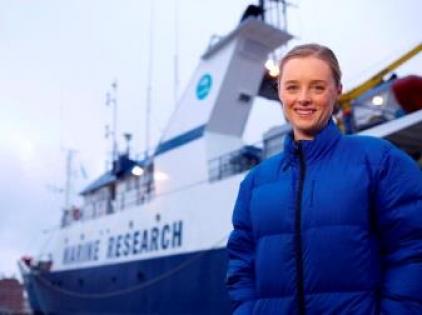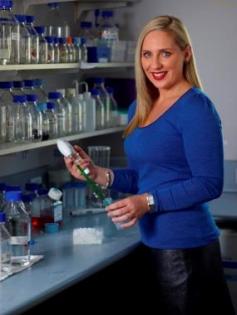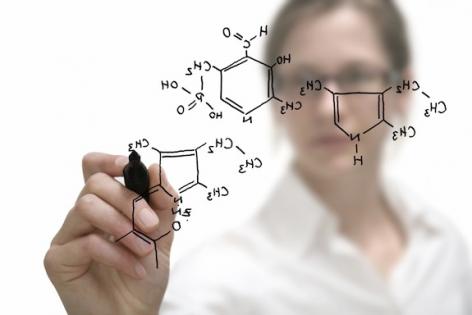Three young women scientists have been awarded a $25,000 Women in Science fellowship from French hair and beauty company, L’Oréal. The awards are open to women who have had no more than five years of post-doctoral experience to assist their further research.
The three young women have been chosen for the strength of their science but also their potential as future leaders in Australian science.
Launched in 1998, the awards are given around the world with the ultimate award being five annual $100,000 ‘Laureate’ awards to outstanding women scientists.
Meet the 2013 Australian fellowship winners.
Dr Kathryn Holt: Tracking the spread of deadly diseases

Kat Holt from the Bio21 Institute at the University of Melbourne is using genetics, maths and supercomputers to study the whole genome of deadly bacteria and work out how they spread.
Looking at a typhoid epidemic in Kathmandu, she found that it didn’t spread in the way we thought epidemics did. Her research, published in Nature Genetics, will change how we respond to epidemics.
Kat will use her Women in Science Fellowship to understand how antibiotic-resistant bacteria spread in Melbourne hospitals. Are people catching these superbugs in hospital, or are they bringing the bugs into hospital with them? Can we give the intensive care clinicians early warning of a drug-resistant bacteria in their patients?
Dr Joanne Whittaker: How Australia and India broke up 100 million years ago

Jo Whittaker likes to solve jigsaw puzzles. Now this marine geoscientist from the Institute for Marine and Antarctic Studies at the University of Tasmania is tackling the biggest puzzle on the planet - the formation of continents.
With the help of Australia’s national marine research vessels, and now her L’Oréal Fellowship, Jo is reconstructing how the Indian, Australian and Antarctic tectonic plates separated over the past 200 million years, forming the Indian Ocean and the continents as we see them today. This information will help us model climate change better, find new gas resources, and understand the dynamics of the land in which we live.
Jo is mum to a young child.
Dr Misty Jenkins: When killing saves lives – our immune system at work

Misty Jenkins from the Peter MacCallum Cancer Centre in Melbourne spends a lot of her time watching killers at work: the white blood cells of the body that eliminate infected and cancerous cells. She can already tell you a great deal about how they develop into assassins and arm themselves.
Now with the support of her Women in Science Fellowship Misty is exploring how they become efficient serial killers - killing one cancer cell in minutes and moving on to hunt down others. Her work will give us a greater understanding of our immune system and open the way to better manage T cells to defeat disease.
Misty is the first Indigenous Australian to attend Oxford or Cambridge, and has now set up a scholarship funnd to assist other young Indigenous Australians to study there. She is also mum to a 2-year-old daughter.
* * *
We want to help inspire your children - and especially your daughter - to study maths and science, so over the coming weeks we will have a more detailed feature on each of the three winners. Make sure you check back to read their inspirational stories.



















__small.png)










